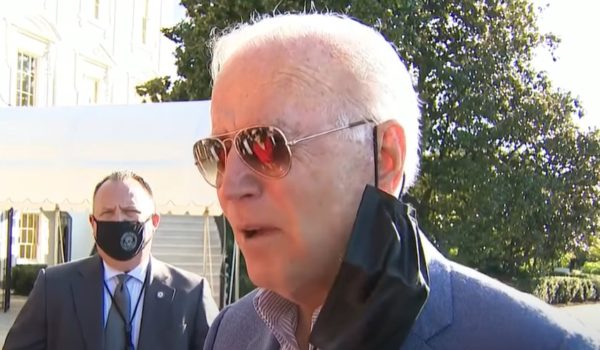
Congress is always happy to waste billions of dollars tomorrow, on today’s or yesterday’s problem. Recently, there was a shortage of semiconductors that harmed automakers and others. So now Congress is planning to waste $76 billion on semiconductor subsidies, which may result in a glut and costly trade wars over the subsidies. By the time the subsidies are used, the shortage will be long gone, and the subsidies will serve no valid purpose. The billions in subsidies will further increase America’s national debt, which is already much bigger than our economy. Meanwhile, Congress has failed to fix underlying policies that contributed to the shortage in the first place.
Economist Scott Lincicome explains:
Amidst mounting pressure from the Biden administration and led by Senate Majority Leader Chuck Schumer, the Senate last night began a final push to fast‐track $76 billion in new taxpayer subsidies for domestic semiconductor manufacturers. (The initial subsidy proposal was a mere $16 billion, but—unlike in the real world—inflation has always been a problem in Washington.) House Democratic leadership has also signaled their desire to quickly approve the subsidies, should the Senate send them a final package.
Politically, Democrats’ intense motivation to deliver these funds now makes perfect sense. According to various reports, the subsidies … provide a financial windfall for semiconductor companies in Schumer’s home state of New York (something he openly admits)….As a policy matter, however, the already‐weak economic case for the subsidies that we detailed last December has become even weaker. For starters, there has been even more chipmaking investment dedicated to the U.S. market, even as federal subsidies have languished. Construction is now underway at four major U.S. facilities and will continue with or without subsidies—something even Intel reluctantly acknowledged when it delayed the groundbreaking ceremony on its much‐ballyhooed Ohio facility to protest congressional inaction. This is because, as numerous experts have explained over the last year, there are real economic and geopolitical reasons to invest in additional U.S. semiconductor production—no federal subsidies needed.
Lincicome cites major investments in new American semiconductor facilities launched without any subsidies, such as a TSMC $12 billion semiconductor facility to be completed in early 2024; an Intel $20 billion semiconductor facility to be completed in early 2024; and another Intel $20 billion semiconductor facility to be completed in late 2025. Moreover, he notes:
multiple reports suggest that—just as we cautioned last year—the global semiconductor shortage is coming to an end and might even be replaced by a semiconductor glut, even before any new federal subsidies might further goose global chipmaking capacity. In particular, Taiwan’s TSMC, South Korea’s SK Hynix, and the United States’ Micron Technology have each reported that they are reconsidering capital expenditure plans for next year because of unexpectedly‐softening demand and apparent hoarding by major semiconductor consumers (who are expected to work through their stockpiles before placing new orders).
In other words, just as Congress is gearing up to throw $70‐plus billion at cash‐rich semiconductor manufacturers, there are increasing signs of excess supply and lagging demand in the notoriously cyclical (boom‐and‐bust) global semiconductor market—a situation that those subsidies could exacerbate. (As discussed last year, a subsidy‐induced semiconductor glut would not only cause financial pain for chipmakers and their investors, but also increase the potential for costly trade conflicts similar to those that erupted in the 1980s and 1990s following a similarly‐misguided U.S. embrace of industrial subsidies and “strategic” planning.)
These two developments put subsidy advocates in quite the pickle: taxpayer dollars either will pay giant corporations to do what they already planned on (and are) doing or will finance additional and undisciplined domestic capacity expansions that could cause a painful global glut. Either way, American taxpayers lose….As previously explained, there are more productive, market‐oriented ways for Congress to encourage semiconductor manufacturers to invest and expand production in the United States, while avoiding subsidies’ inevitable costs, distortions, and conflicts…[Yet] we get billions in subsidies instead.



